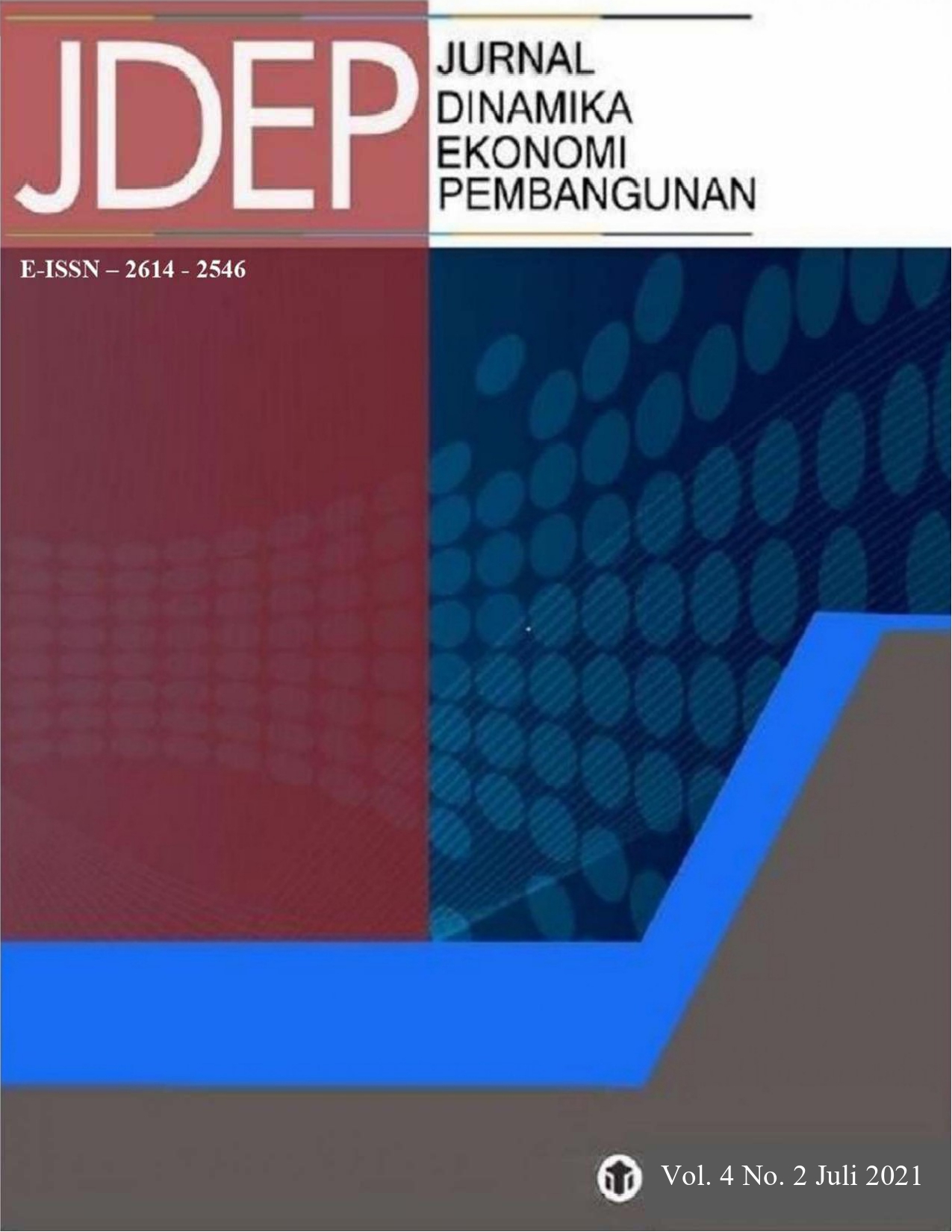Analisis Efisiensi Sektor Pariwisata di Jawa Tengah
DOI:
https://doi.org/10.33005/jdep.v4i2.309Keywords:
Tourim eficiency, DEAAbstract
Tourism sector as one of the sectors that relied on the government for the reception area of Central Java is required to be able to explore and manage potential owned tourism. This reseacrh was aimed to analyze the level of efficiency and productivity in the tourism sector in Central Java between 2017 and 2019 with a sample of 35 districts/cities. The analysis was carried out using the concept of efficiency based on production theory, the measurement of efficiency and productivity values was obtained using the Data Envelopment Analysis (DEA) and Malmquist Productivity Index (MPI) analysis methods. The assumptions used are variable return to scale (VRTS) and output oriented model. With a variable input of tourist objects, restaurants, travel agencies and hotels. The output variables in this study are tourists and tourism sector income. The final result of the reseacrh shows that there were 16 districts/cities (45.8%) in 2017, 18 districts/cities (51.4%) in 2019 that achieved full technical efficiency. The total factor productivity change indicates that 22 districts/cities (62.8%) are approaching the frontier in both the production frontier and the efficiency frontier and from the scale efficiency change indicates that there are 17 districts/citi.







